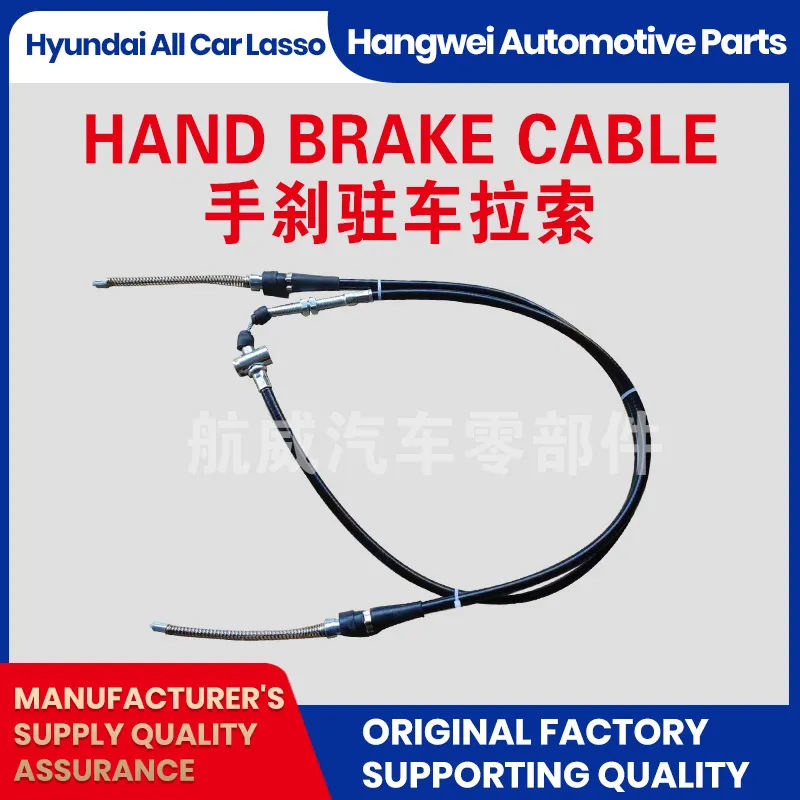automatic shift linkage
Understanding Automatic Shift Linkage The Future of Vehicle Transmission Systems
In the rapidly evolving world of automotive technology, the transmission system plays a crucial role in determining a vehicle's efficiency, performance, and overall driving experience. Among the various advancements in this domain, automatic shift linkage has emerged as a pivotal innovation, greatly enhancing the functionality of automatic transmissions. This article aims to dissect the concept of automatic shift linkage, its working principles, advantages, and its implications for the future of vehicle engineering.
What Is Automatic Shift Linkage?
Automatic shift linkage refers to the mechanism that connects the gear selector to the transmission system in an automatic vehicle. This linkage allows the driver to select gears through a simple interface—typically a gear shifter—while the vehicle’s onboard computer adjusts the gearbox automatically for optimal power delivery and fuel efficiency. Unlike manual transmissions, where the driver has full control over gear changes, automatic transmissions utilize sophisticated systems to manage shifting based on various parameters like vehicle speed, engine load, and throttle input.
How It Works
The automatic shift linkage system consists of several components, including the gear shifter, the linkage rods, and the transmission itself. When the driver moves the gear shifter, a series of rods or cables transmit this action to the transmission control unit (TCU). The TCU processes the information and determines the optimal gear to engage based on real-time driving conditions. Behind the scenes, hydraulic actuators or electrical motors facilitate the actual shifting of gears within the transmission.
Modern vehicles have further refined this system by integrating electronic control units (ECUs) that can analyze driving behavior and make predictions about the best gear to engage. This not only enhances performance but also contributes to a smoother driving experience, minimizing gear hunting during acceleration or deceleration.
Advantages of Automatic Shift Linkage
1. Ease of Use One of the most significant advantages of automatic shift linkage is its user-friendliness. Drivers no longer have to engage in the laborious task of changing gears manually, making driving less stressful, particularly in heavy traffic conditions.
automatic shift linkage

2. Optimized Performance With the ability to automatically select the appropriate gear based on driving conditions, automatic shift linkage systems can optimize engine performance. This results in better acceleration, improved fuel efficiency, and reduced wear on engine components.
3. Enhanced Safety Automatic transmissions, particularly those equipped with advanced shift linkage systems, enhance safety by allowing drivers to focus more on the road. With less manual shifting, drivers can dedicate their full attention to navigating and monitoring their surroundings.
4. Technological Integration Modern automatic shift linkage systems can be integrated with other vehicle technologies, such as adaptive cruise control, traction control, and even advanced driver-assistance systems (ADAS). This interconnectedness allows for improved vehicle dynamics and enhanced control under various driving scenarios.
Implications for Future Vehicle Engineering
The evolution of automatic shift linkage systems is likely to have profound implications for future vehicle designs. As manufacturers continue to push the boundary of automotive innovation, we can expect
1. Increased Adoption of Electric and Hybrid Vehicles As the automotive industry moves towards electrification, automatic shift linkage systems will play a vital role in managing the unique power delivery characteristics of electric and hybrid powertrains. These systems can be programmed for seamless transitions between electric and traditional mechanical propulsion.
2. More Advanced Driver-Assistance Technologies The future will likely see a growing synergy between automatic shift linkage and autonomous driving technologies. As vehicles become smarter, intuitive shift linkage systems will be integral in ensuring that transitions between gears are not only efficient but also enhance the overall safety of self-driving vehicles.
3. Sustainability and Efficiency The push for more fuel-efficient and sustainable vehicles will drive innovations in automatic shift linkage design. Lighter materials, enhanced electronic controls, and next-gen hydraulic technologies will pave the way for systems that consume less energy and optimize power utilization.
In conclusion, automatic shift linkage represents a significant leap forward in automotive transmission technology. By simplifying the driving experience and enhancing vehicle performance, this mechanism not only meets the demands of today’s drivers but also sets the stage for the next generation of automotive innovations. As we continue to witness the integration of more sophisticated technologies, automatic shift linkage will remain at the heart of the evolution of modern vehicles.
-
Workings of Clutch Pipe and Hose SystemsNewsJun.04,2025
-
The Inner Workings of Hand Brake Cable SystemsNewsJun.04,2025
-
The Secrets of Throttle and Accelerator CablesNewsJun.04,2025
-
The Hidden Lifeline of Your Transmission Gear Shift CablesNewsJun.04,2025
-
Demystifying Gear Cables and Shift LinkagesNewsJun.04,2025
-
Decoding Clutch Line Systems A Comprehensive GuideNewsJun.04,2025
